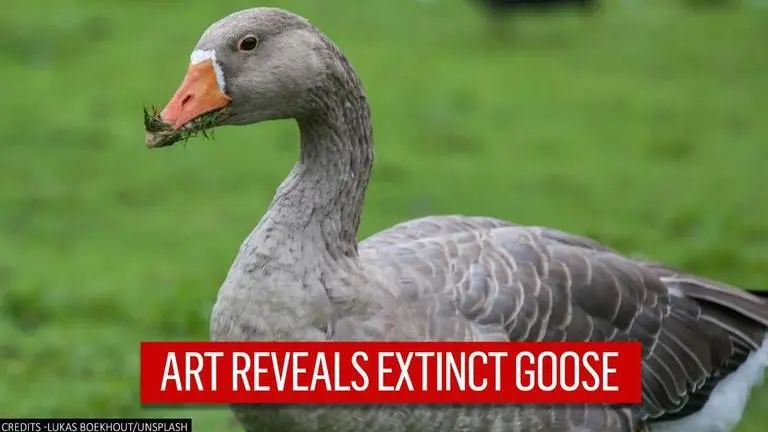Updated 24 February 2021 at 19:55 IST
'Egypt's Mona Lisa': Ancient Egyptian art reveals an extinct goose
A University of Queensland researcher Dr Anthony Romilio examined a 4600-year-old Egyptian painting last year and a speckled goose caught his eye.
- World News
- 2 min read

A University of Queensland researcher Dr Anthony Romilio examined a 4600-year-old Egyptian painting last year and a speckled goose caught his eye. He said that the bird was strange but beautiful. He further added that it was quite unlike modern red-breasted geese as it had distinct, bold colours and patterns on its body, face, breast, wings and legs. According to a press release by the University of Queensland, he said, “The painting, Meidum Geese, has been admired since its discovery in the 1800s and described as ‘Egypt’s Mona Lisa’”.
Extinct species discovered
He told that no bones from the modern red-breasted geese have been discovered on an Egyptian archaeological site. He said, “Apparently no-one realised it depicted an unknown species. Artistic licence could account for the differences with modern geese, but artworks from this site have extremely realistic depictions of other birds and mammals”.
(‘Meidum Geese’, Chapel of Itet, mastaba of Nefermaat and Itet (Dynasty 4), Meidum, Egypt. Image Credits: uq.edu.au)
(Image Credits: uq.edu.au)
There have been previous instances where extinct animals had been identified in ancient art. However, not all species have been ‘scientifically confirmed’. Romilio said that bones of a similar but not identical bird have been found on Crete. Talking from a zoological perspective, he said that the Egyptian artwork is the only documentation of this distinctively patterned goose. It now appears to be ‘globally extinct’.
Advertisement
As per Romilio, Egypt was not always predominantly desert and had “a biodiverse history, rich with extinct species”. Egypt’s ancient culture merged when the Sahara was green and covered with grasslands, lakes and woodlands, teeming with diverse animals. Talkin about art, he said, “Art provides cultural insight, but also a valuable, graphical record of animals unknown today”. These animals include the predecessor of modern cattle, the auroch (Bos primigenius), and previously unknown forms of gazelle, oryx, antelope and donkey. It is with the help of these ancient animal’s representations that one can recognise the biodiversity thousands of years ago that co-existed with humans.
Advertisement
(Image Credits: Unsplash)
Published By : Akanksha Arora
Published On: 24 February 2021 at 19:55 IST


